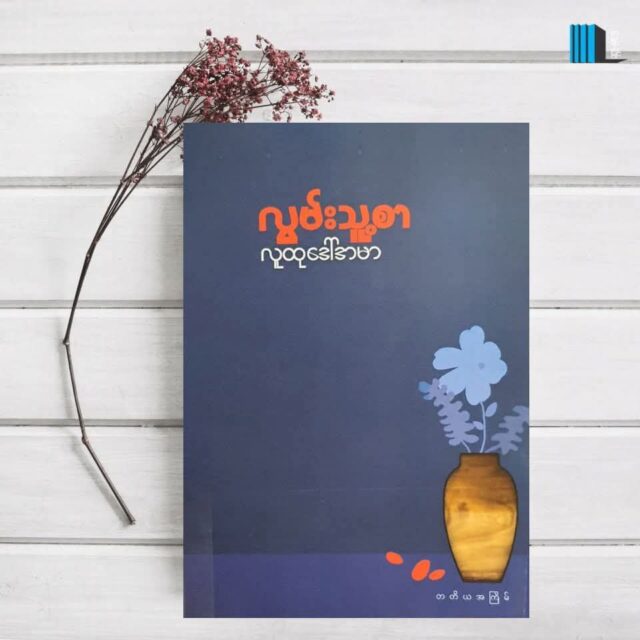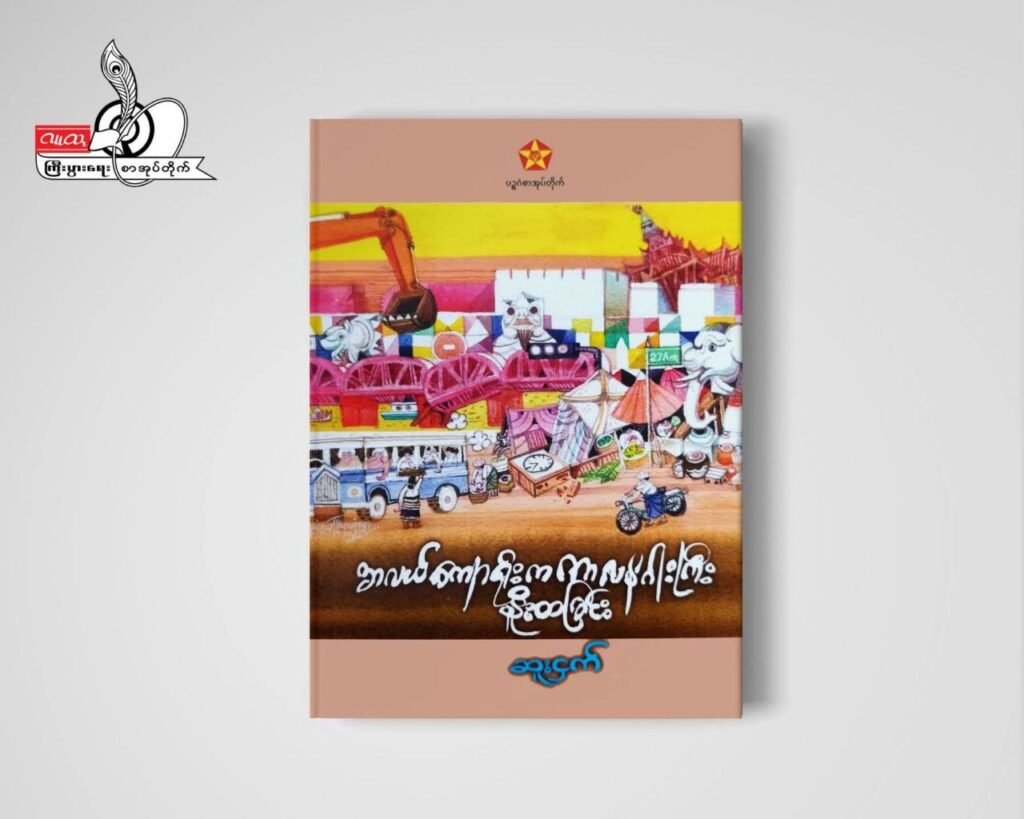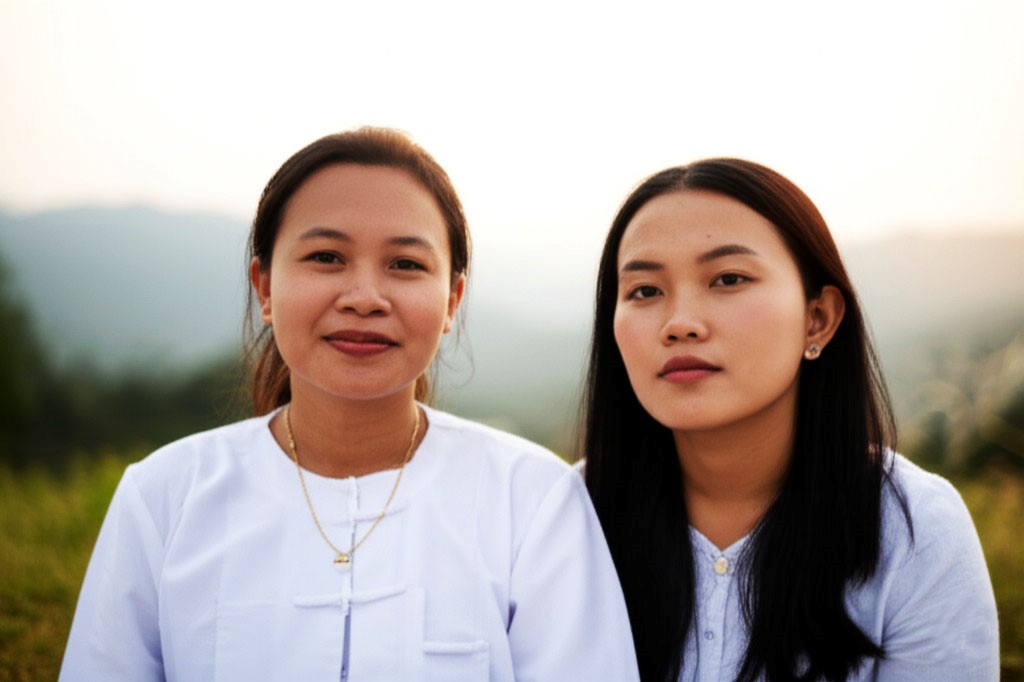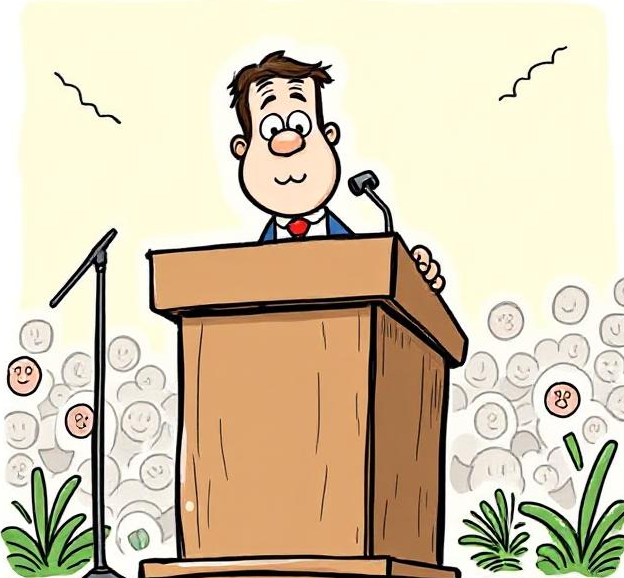Where Is the Love?
Posted_Date
Image
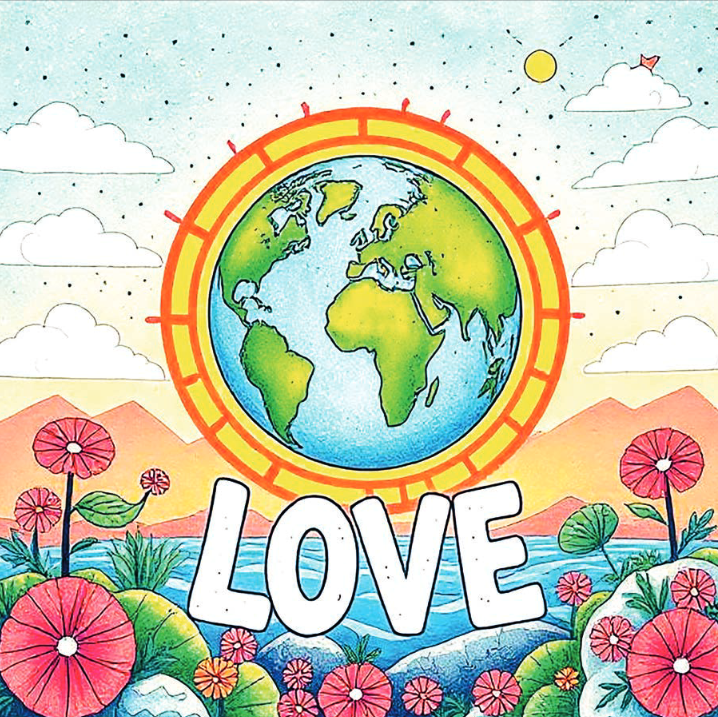
Body
Every day, we hear the word "love"—spoken in conversations, sung in songs, seen in movies and celebrated in literature. All major religions and spiritual teachings remind us of the importance of love. From the biblical command to "Love others as you love your own heart" to the Buddhist principle of compassion, love is universally presented as the foundation of human harmony. Yet, despite these teachings, our world remains plagued by war, conflict, and division. Why is there such a profound disconnect between the ideals of love and the reality of human behavior?
One poignant reminder of this disconnect comes from the lyrics of the song "Where Is the Love?" by Black Eyed Peas, which challenges us to reflect on the state of the world we live in, asking questions like, “Can you practice what you preach?” In a world where hatred and violence often seem to dominate, love remains a powerful, yet underutilized, force.
The Universality of Love
Love is a force that transcends all barriers—cultural, religious, and geographical. It is a universal language, uniting humanity across the globe, and has been celebrated by countless spiritual leaders and philosophers throughout history. As Mahatma Gandhi once said, ‘The best way to find yourself is to lose yourself in the service of others,’ highlighting that love is not about personal gain, but about selflessness and service to others. Similarly, Nelson Mandela taught that, ‘No one is born hating another person because of the color of his skin, or his background, or his religion. People must learn to hate, and if they can learn to hate, they can be taught to love.’ These timeless insights remind us that love is not simply an emotion—it is a transformative power, capable of bridging divides, healing wounds, and bringing lasting peace to our world.
Buddhism, for instance, teaches metta, or loving-kindness, as a core discipline. Practicing metta involves cultivating an unconditional, inclusive love for all beings, even those who may have wronged us. This practice challenges individuals to transcend ego and fear, fostering compassion that can heal divisions.
The Consequences of a Love-Deficient World
As of 2024, the world continues to grapple with an unprecedented number of violent conflicts. Over 110 armed conflicts are being monitored globally, marking the highest number of violent disputes in recent decades. These conflicts have left an indelible mark on women and children. Over 473 million children—more than one in six globally—now live in areas affected by conflict. Similarly, nearly 600 million women and girls are enduring the ravages of war, with the number increasing by 50% over the past decade. By the end of 2024, 47.2 million children had been displaced due to conflict and violence. In conflict zones, 70% of women experience sexual violence, a staggering figure that is double the global average.
The trauma faced by women and children underscores the dire need for action to protect the most vulnerable in these regions. Such grim realities reflect a world where love and compassion are overshadowed by greed, hatred, and power struggles. The lack of love manifests in systemic injustices, exploitation, and the perpetuation of cycles of violence. As the Dalai Lama aptly stated, “Love and compassion are necessities, not luxuries. Without them, humanity cannot survive.
The Power of Love to Heal and Transform
Throughout history, love has been heralded as the ultimate force for healing and unity. The Vietnamese monk Thich Nhat Hanh once said, "Through love, we recognize the suffering of others as our own and nurture understanding." This perspective highlights love's transformative power, emphasizing that it fosters empathy and shared humanity, even in the darkest times.
The teachings of Maya Angelou echo this sentiment: "Love recognizes no barriers. It jumps hurdles, leaps fences, penetrates walls to arrive at its destination full of hope." His words underscore the vital role of love in our collective survival and well-being. In the face of war and division, love serves as a counterweight, enabling individuals and communities to heal and rebuild.
Even in modern conflict zones, love finds a way to manifest. Stories of individuals risking their lives to protect others, communities supporting displaced families, and survivors forgiving their oppressors serve as testaments to the enduring power of love. For instance, Huda Sha'arawi, an Egyptian feminist, defied societal norms and dedicated her life to advocating for women's rights and empowerment, showing how love for justice can transcend cultural boundaries. Similarly, Carlos Arredondo, during the Boston Marathon bombing, risked his own safety to save the lives of strangers, embodying how love and empathy can drive selfless action in the face of tragedy. These acts remind us that love is not passive; it is an active force capable of overcoming hatred.
Why Love is the Answer
In a world rife with division, love emerges as the antidote to conflict and suffering. Love is not just a feeling; it is an active choice and a transformative force. By choosing love, we create ripples of empathy and understanding that counteract hatred and violence.
Acts of love, no matter how small, have the power to bridge divides and heal wounds. Stories of solidarity—such as neighbors helping each other in times of crisis or communities uniting after tragedies—remind us of love’s capacity to restore hope. Desmond Tutu’s words ring true: "Do your little bit of good where you are; it’s those little bits of good put together that overwhelm the world."
Moreover, love is at the heart of peacebuilding efforts. Diplomats, activists, and leaders who prioritize empathy and forgiveness can foster dialogue and reconciliation. Love compels us to see the humanity in others, even those we might perceive as adversaries.
Let’s Rediscover Love
If we want to create a world where love triumphs over conflict, we must begin with ourselves. Love must extend beyond words and manifest in our actions. It requires us to challenge our prejudices, listen to those who are different from us, and work toward common ground.
The teachings of love from religions and philosophies are not outdated ideals; they are more relevant than ever in today’s divided world. They remind us that while conflict and hatred may dominate the headlines, love remains humanity’s greatest strength and hope.
So, where is the love? It’s in the choices we make every day—to be kind, to forgive, to understand, and to stand together. By embracing love as a way of life, we can begin to heal a fractured world and pave the way for a more peaceful future.
Reference List:
- Black Eyed Peas. (2003). Where Is the Love? [Song]. In Elephunk. Interscope Records.
- Gandhi, M. (n.d.). The best way to find yourself is to lose yourself in the service of others. Retrieved from Gandhi Foundation
- Mandela, N. (1994). Long Walk to Freedom: The Autobiography of Nelson Mandela. Little, Brown and Company.
- Dalai Lama. (n.d.). Love and compassion are necessities, not luxuries. Without them, humanity cannot survive. Retrieved from Dalai Lama's official website
- Hanh, T. N. (1996). The Heart of the Buddha's Teaching: Transforming Suffering into Peace, Joy, and Liberation. Parallax Press.
- Angelou, M. (2008). Letter to My Daughter. Random House.
- Sendler, I. (n.d.). Irena Sendler: The Woman Who Saved 2,500 Jewish Children. Retrieved from Irena Sendler Project
- Arredondo, C. (2013). Carlos Arredondo and the Boston Marathon Bombing. Retrieved from PBS News
- Sha'arawi, H. (1920s). Feminism and Women’s Rights in Egypt: Memoirs of Huda Sha'arawi. The Feminist Press.
- Stockholm International Peace Research Institute. (2024). Armed Conflict and Peace Efforts. Retrieved from https://www.sipri.org/
- International Committee of the Red Cross. (2024). The Impact of Armed Conflicts on Women and Children. Retrieved from https://www.icrc.org/
- United Nations High Commissioner for Refugees. (2024). Global Trends: Forced Displacement in 2024. United Nations. Retrieved from https://www.unhcr.org/


